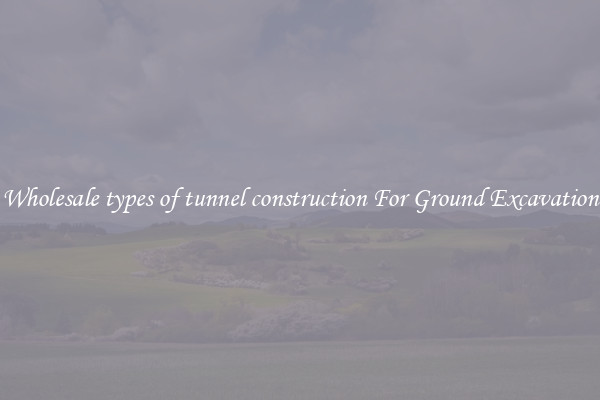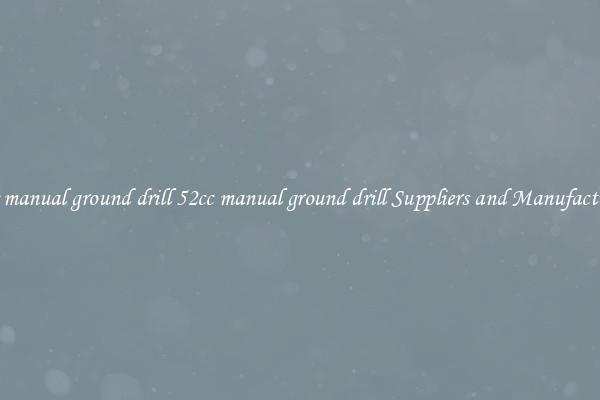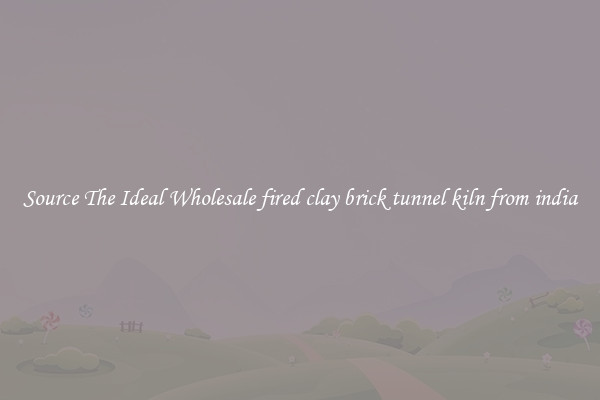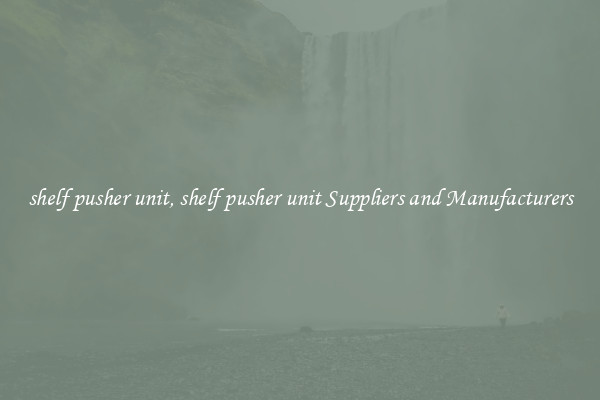Wholesale types of tunnel construction For Ground Excavation
Wholesale Types of Tunnel Construction for Ground Excavation

Tunnels are integral parts of modern infrastructure development, enabling us to move efficiently and safely through mountains, under water bodies, and even within cities. These structures are built through a process called tunnel construction, which involves excavating and creating passageways beneath the ground surface. There are several wholesale types of tunnel construction for ground excavation, each tailored to different geological conditions, project requirements, and budget constraints. In this article, we will explore some of the common methods used in tunnel construction.
1. Cut-and-Cover Method:
One of the most straightforward and cost-effective tunnel construction methods is the cut-and-cover method. This technique involves excavating a trench on the ground surface, constructing the tunnel structure within it, and then covering it with layers of backfill materials such as soil or concrete. Cut-and-cover tunnels are typically used in areas with shallow depths and stable ground conditions. They are commonly seen in urban infrastructure projects like subway systems and underpasses.
2. Bored Tunnel Method:
The bored tunnel method uses a tunnel boring machine (TBM) to excavate the tunnel directly from the ground surface without disturbing the surrounding area. TBMs are powerful machines that dig through soil, rock, or other ground materials by cutting, grinding, and removing the excavated material through a conveyor system. This construction method is ideal for deep tunnels and areas with unstable ground conditions, as the TBM provides continuous excavation while simultaneously installing precast concrete segments to form the tunnel lining.
3. Immersed Tube Method:
As the name suggests, the immersed tube method involves constructing a tunnel by submerging precast concrete tunnel elements into a prepared trench on the seabed or waterbody. This method is commonly used for underwater tunnels, where floating tunnel elements are towed into position and then submerged onto a prepared foundation. The elements are then sealed, and the surrounding area is backfilled to provide stability. The immersed tube method is often used for crossings beneath rivers or channels.
4. Drill and Blast Method:
The drill and blast method is a traditional technique that involves drilling holes into the ground, usually using explosives to break the rock or soil, and then removing the excavated materials manually or with machinery. This method is often used in tunnels with hard rock formations or in areas with limited space for equipment. Controlled blasting techniques and extensive safety measures are implemented to minimize the impact on the surrounding environment and structures.
In conclusion, tunnel construction encompasses various wholesale methods for ground excavation to suit different project requirements and ground conditions. The choice of construction method depends on factors such as geological conditions, project budget, time constraints, and the desired tunnel's purpose. Each tunnel construction method offers its advantages and challenges, with the aim of providing robust, safe, and efficient underground infrastructure to support modern transportation and connectivity systems.

View details

View details

View details

View details








